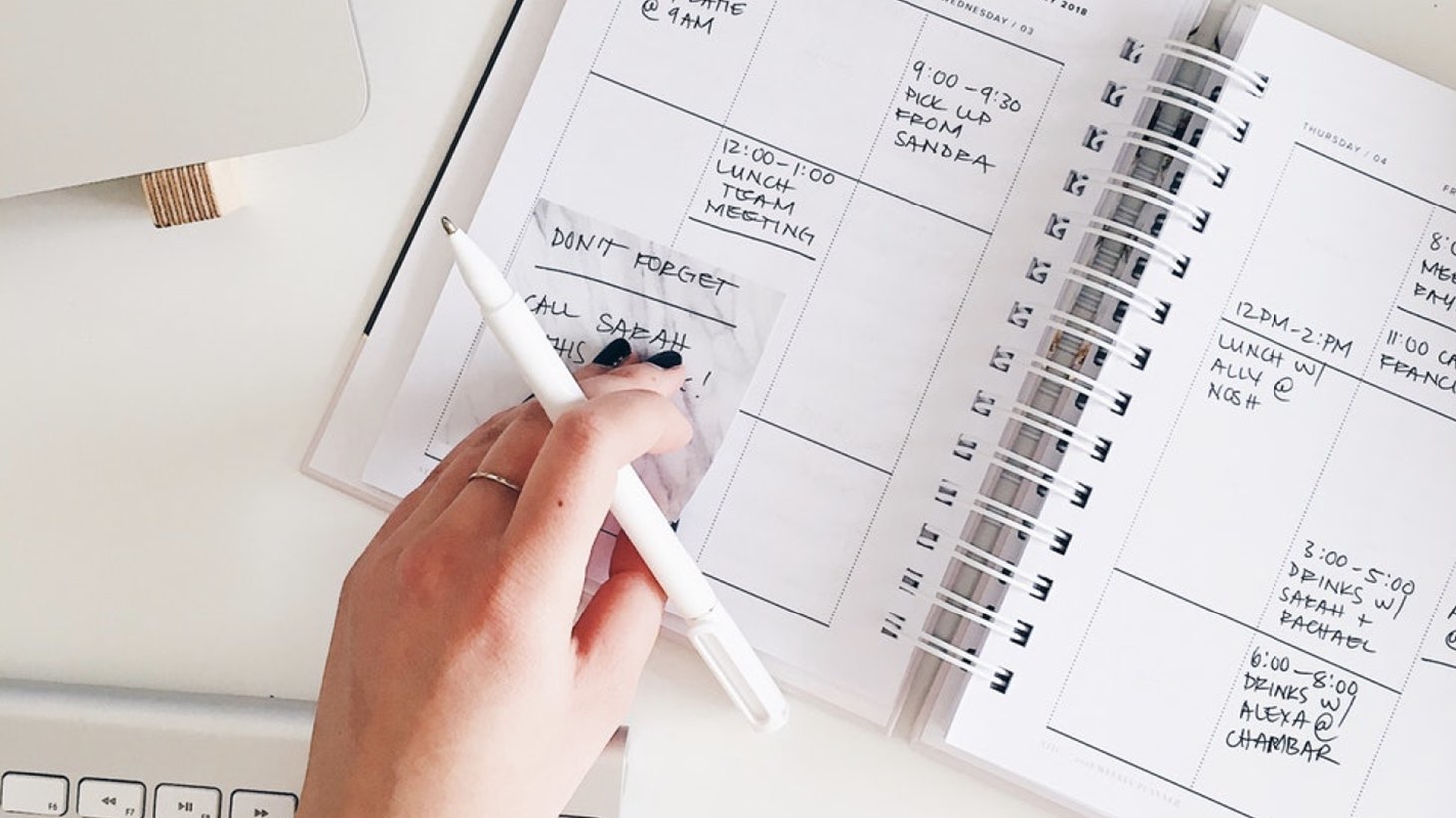
How to Build a Yoga Class Around a Theme
Weaving themes into your yoga classes is a wonderful way to add depth to the practice that you offer. A theme can tie a class together, linking all of the physical movements and meditative moments in order to take the student on a journey. For us teachers, they also make class planning more enjoyable, because we can use the breadth of our knowledge to create classes that are inspiring to us as well as to our students.
Planning themed classes doesn’t need to be complicated. If you’re just starting to work on sequencing with themes, these tips will help you to get started and build beautiful classes.
Choose a Theme
The first thing to do is choose your theme. But what can a theme for a yoga class be?
Well… almost anything! Themes could be physical - for example, opening the hips, or strengthening the shoulders, or lengthening the hamstrings. Or you could choose a theme from an aspect of yoga philosophy that you’re working with at the moment; perhaps one of the yama or niyama from Patanjali’s Yoga Sutras, or Sthira and Sukha - the intention of being steady and comfortable in yoga. If you’re interested in cultivating a depth of emotional understanding amongst your students, you could choose a theme based on a kind of emotion, or a way of looking at emotion. Or if you have interests and knowledge beyond your yoga practice, you could find a theme from there; for example, I studied anthropology, so I often use themes that are rooted in anthropological theory.
Start simple. Choose something that feels exciting to you, and that you feel confident in.
Start simple. Choose something that feels exciting to you, and that you feel confident in. Equally, you can use your choice of theme to develop your own knowledge - if your understanding of human anatomy needs to improve, you could choose a different physical theme each week and carefully research ways of working with that part of the body. Teaching something to others always helps it to stick in your head!
Open and Close
Once you’ve settled on a theme, work out how you’ll start and end the class.
In a physical sense, decide where your students will be at the beginning of the class. Seated? Standing? Lying down? This might depend on your theme - if the class is to be physically strong and energetic, it might be nice to get energy moving right away by starting standing up. If your intention is to create a sense of security and inward-looking, you might want to start in balasana (child’s pose) or with a seated meditation. And consider how you’ll finish, too; always include Savasana (corpse pose), and think about how you’ll bring them round from savasana to close the class.
If your intention is to create a sense of security and inward-looking, you might want to start in balasana (child’s pose) or with a seated meditation.
Then, once you know where your students will be, start to note ways that you can weave in your theme from the start of the class, and continue it right until the end. If it’s a physical theme, you might talk about, or guide your students to meditate on, that area of the body. You might set an intention at the beginning, which you’ll remind them of at the end (as well as throughout). If you’re working with an emotional theme, you could write a short meditation to spark your students’ connection with the theme.
Build an Asana Sequence
Creating a sequence around a theme is my favourite way to plan yoga classes. Start by considering whether there are any particular postures that clearly relate to your theme. If it’s a physical theme, it’s quite simple - select postures which work with that area of the body. If it’s an emotional theme, you could look into how the body holds emotion and how opening or strengthening the muscles can impact upon emotions.
For example, to cultivate openness and love, include heart opening postures, like backbends. To develop resilience, confidence and strength, choose postures which strengthen the centre of the body and make the student sit and stand tall.
For example, to cultivate openness and love, include heart opening postures, like backbends. To develop resilience, confidence and strength, choose postures which strengthen the centre of the body and make the student sit and stand tall. Always be sensitive to how a posture might make a student feel, dependent on their own emotional wellbeing and life experiences. Some postures can create intense feelings of vulnerability or fear in individuals; remember to be aware of how things feel, and to encourage resting postures like balasana whenever the student needs them.
And then structure your sequence so that there is time for warming up; and then stronger, but simple postures; leading up to the most challenging or technically demanding postures, once the appropriate areas of the body are warm and stretched; and then gently coming back down into softer finishing postures before arriving at savasana. This is just a suggestion for structure; it might be completely different, depending on the style of yoga that you’re teaching, or the intention of the class. Use your knowledge and intuition!
As you build your sequence, note any places where you can bring the awareness of your students back to the theme of the class.
Be Adaptable
When you have a solid plan for your class, take some time to make sure that there’s space for you to adapt the plan to whoever turns out to be in the room. Are you confident that you can provide necessary modifications for different students in each posture, or variations/progressions for students who want to go deeper? If not, then do some more research! There are lots of resources online to help you develop your teaching skills. I love the Daily Bandha for detailed anatomy knowledge.
And try not to be too attached to your class plan. Sometimes, you’ll walk into a class with what you think is the perfect, intelligently sequenced and dazzlingly themed plan, and find that it just isn’t right for the people who have shown up to practice. That’s fine! You can keep the theme in your mind, and use elements of your plan that are appropriate, to adapt as needed. You might find that the class turns out to be even better that you’d imagined - because you’re really listening and responding to your students’ needs.







